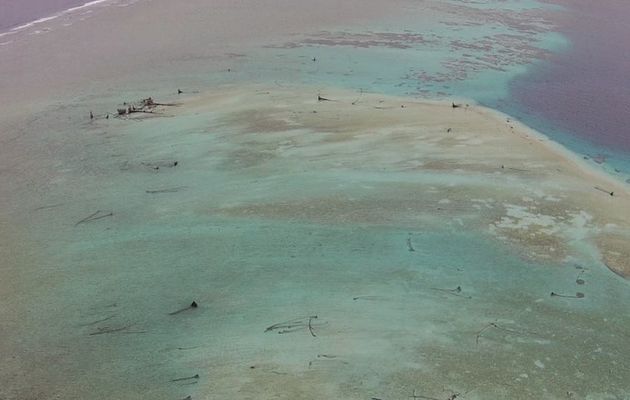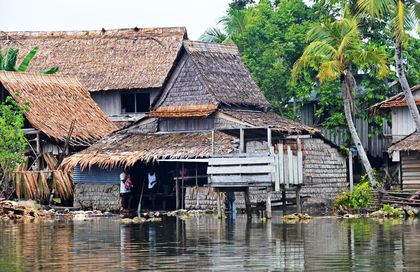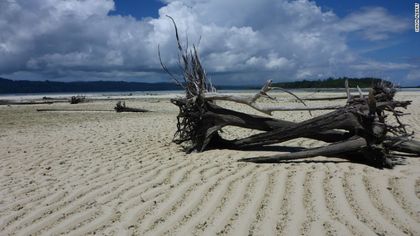Five Pacific islands swallowed by rising sea levels
This is the first scientific evidence that “confirms the numerous anecdotal accounts from across the Pacific of the dramatic impacts of climate change.”
The Conversation, BBC · SOLOMON ISLANDS · 17 MAY 2016 · 18:33 CET

At least five reef islands of the Solomon Archipelago have been lost completely to sea-level rise and coastal erosion. The missing islands were not inhabited by human beings.
Six other islands were found to have seen swathes of land turn into sea, destroying entire villages.
FIRST SCIENTIFIC EVIDENCE
This is the first scientific evidence, published in Environmental Research Letters, that “confirms the numerous anecdotal accounts from across the Pacific of the dramatic impacts of climate change on coastlines and people.”
The researchers studied the coastlines of 33 reef islands using aerial and satellite imagery from 1947-2015. This information was integrated with local traditional knowledge, radiocarbon dating of trees, sea-level records, and wave models.

These islands lost to the sea range in size from one to five hectares. They supported dense tropical vegetation that was at least 300 years old. Nuatambu Island, home to 25 families, has lost more than half of its habitable area, with 11 houses washed into the sea since 2011.
Previous studies examining the risk of coastal inundation in the Pacific region have found that islands can actually keep pace with sea-level rise and sometimes even expand.
“A PERFECT STORM”
However, these studies have been conducted in areas of the Pacific with rates of sea level rise of 3-5 mm per year – broadly in line with the global average of 3 mm per year.
For the past 20 years, the Solomon Islands have been a hotspot for sea-level rise. Here the sea has risen at almost three times the global average, around 7-10 mm per year since 1993. This higher local rate is partly the result of natural climate variability.

“It’s a perfect storm,” co-author Simon Albert of the University of Queensland study told New Scientist. “There’s the background level of global sea-level rise, and then the added pressure of a natural trade wind cycle that has been physically pushing water into the Western Pacific.”
RELOCATION OF FAMILIES
These rapid changes to shorelines observed in Solomon Islands have led to the relocation of several coastal communities that have inhabited these areas for generations. These are not planned relocations led by governments or supported by international climate funds, but are ad hoc relocations using their own limited resources.
In these cases, communities of 100-200 people have fragmented into handfuls of tiny family hamlets. Sirilo Sutaroti, the 94-year-old chief of the Paurata tribe, recently abandoned his village. “The sea has started to come inland, it forced us to move up to the hilltop and rebuild our village there away from the sea” he told The Conservation.
In addition to these village relocations, Taro, the capital of Choiseul Province, is set to become the first provincial capital in the world to relocate residents and services in response to the impact of sea-level rise.
Published in: Evangelical Focus - science - Five Pacific islands swallowed by rising sea levels
